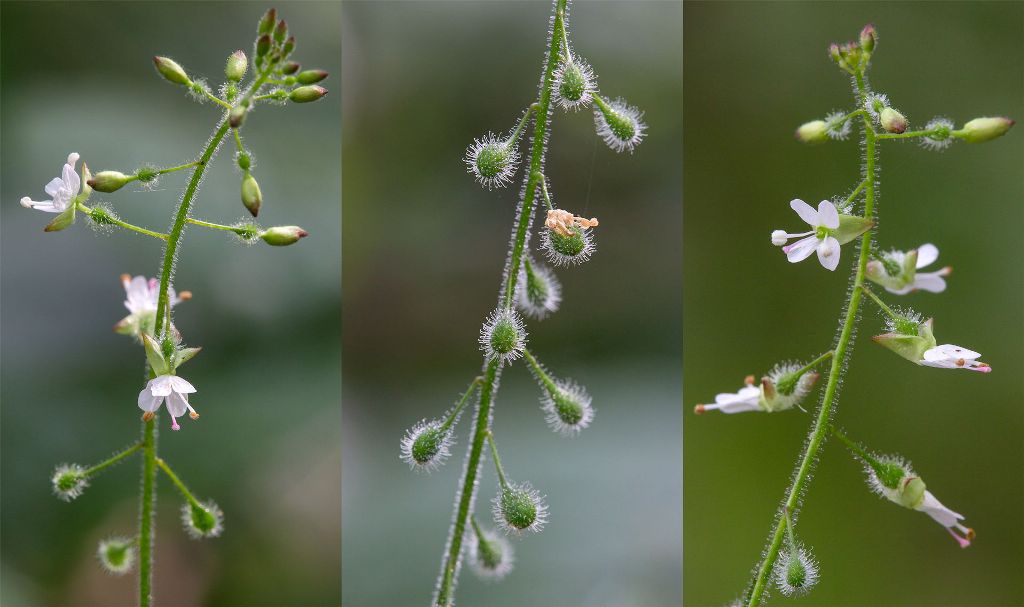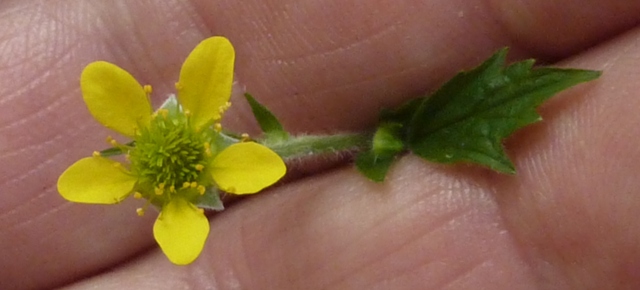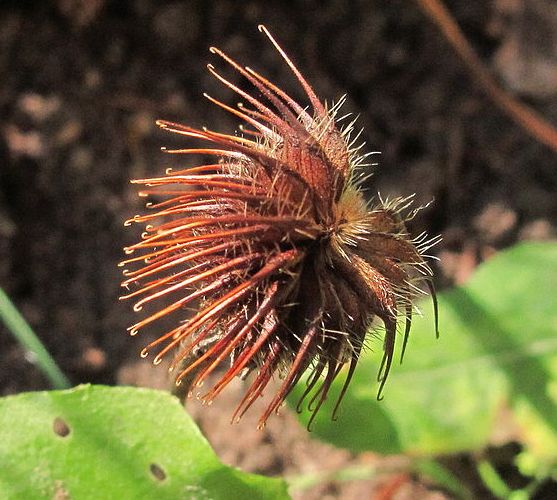
Just thought I’d write about a few weeds found here commonly in the base rich soils of Walsall gardens!
I do feel a bit guilty doing my day-job at people’s gardens, tidying up their patch! Especially when I need to remove weeds out of their borders. Sometimes I apologize to the weed in question, taking it away, as it could possibly be a food source of insects and other creatures!
It is not so bad when I have to put other plants in their place or if I have to take out really damaging weeds such as Goosegrass (Galium aparine) or Bindweed (Calystegia spp.) which are totally swamping ornamental plants.
Well, I do tell myself that there are possibly plenty of the same plants outside that garden.
But sometime there is no real need to take them out and they can even look pretty, like the Enchanter’s-nightshade (Circaea lutetiana) for example which can be found in shady and base rich garden soil.
Yes: it does have a ferocious creeping root-stock, so can cover quite a large area, but it is actually a nice addition to other more bold garden plants such as the Geraniums or deciduous shrubs! It is pollinated by small flies and the small club-shaped fruits have hooked bristles which are easily dispersed by us or on a pet’s coat wandering through the vegetation.
It has one Medicinal Use I found on the PFAF website:
The plant has been used as a treatment on wounds. A compound infusion has been drunk and also used as a wash on injured parts of the body.

I always find plenty of Broad-leaved Willowherb (Epilobium montanum) with small pink flowers and interesting twisted seed capsules in winter when the seed have long gone, its little parachutes blown away by the wind. Several similar species occur with slight different anatomy.
It gets pollinated by insects or can also be self-pollinated.
See for several medicinal uses in my post on this plant and its family members of the Onagraceae. For good pictures see here on naturespot.

Another very common wild flower I find is Wood Avens or Herb Bennet which has the scientific name of Geum urbanum. It has small, 5-petalled, yellow flowers and “small round fruit-heads where each small fruit in the head has a single seeded ovary with a long hooked style protected by the stigma. When a fruit is ripe, the stigma drops off the style revealing the strong hook” .
This is in the family Rosaceae and written about its many uses in another post on all the herbaceous members of that family here.
The seeds are dispersed similarly as the Enchanter’s-nightshade written about above, on coats such as those of a dog or cat or even on our socks or trouser. This is called the hitch-hiking technique!

fruit with hooked seeds (Picture by Belladonna in Wikipedia)
